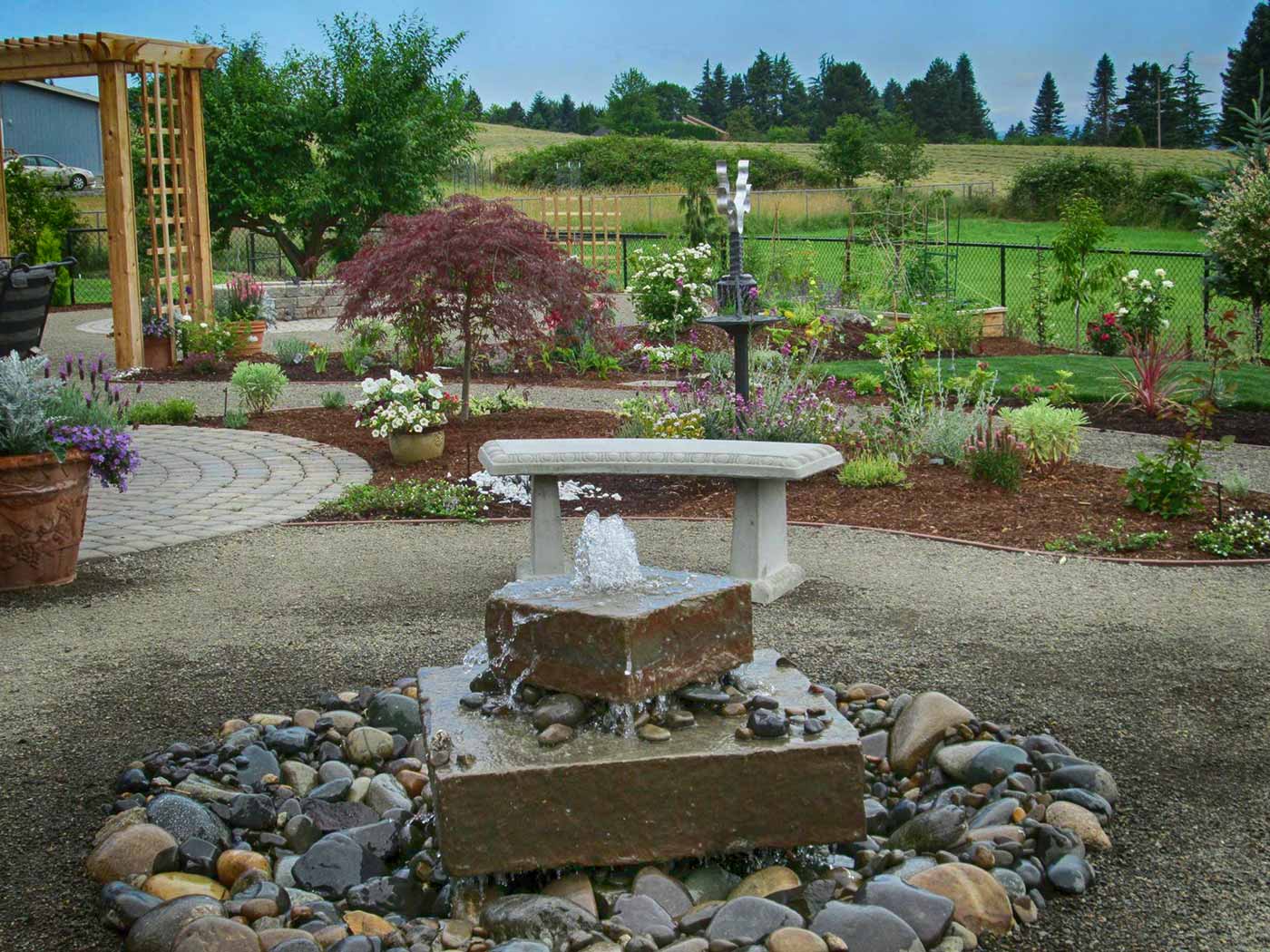Landscape architecture is a multidisciplinary profession that combines art, science, and design to create outdoor spaces that are not only aesthetically pleasing but also functional and sustainable. It encompasses the planning, design, and management of land and its elements, including vegetation, water, structures, and natural resources. With its roots dating back to ancient civilizations, landscape architecture has evolved over time to address the ever-changing needs and aspirations of society. The term "landscape architecture" was coined by Frederick Law Olmsted and Calvert Vaux in the mid-19th century. Olmsted, often regarded as the father of landscape architecture, was an American landscape designer who played a significant role in shaping the profession. He designed many iconic public parks, including Central Park in New York City and the Emerald Necklace Park system in Boston. Olmsted emphasized the importance of designing landscapes for the benefit of both individuals and society as a whole.
Landscape architecture encompasses a wide range of disciplines that contribute to the design, planning, and management of outdoor spaces. These disciplines include but are not limited too: site planning, urban design, parks and recreation, ecological and restoration, residential design, campus planning, historic preservation and cultural landscapes, healthcare, transportation and research and academia. Each discipline requires specialized knowledge and skills.
 One of the primary roles of landscape architecture is to improve the environment. Through careful planning and design, landscape architects aim to create spaces that harmonize with nature and mitigate the negative impacts of urbanization. They consider factors such as site ecology, water management, and sustainable materials to ensure the long-term viability of the landscapes they create. By incorporating green spaces, tree canopies, and natural habitats, landscape architects contribute to the preservation and restoration of ecosystems, fostering biodiversity and providing a healthier environment for both humans and wildlife.
One of the primary roles of landscape architecture is to improve the environment. Through careful planning and design, landscape architects aim to create spaces that harmonize with nature and mitigate the negative impacts of urbanization. They consider factors such as site ecology, water management, and sustainable materials to ensure the long-term viability of the landscapes they create. By incorporating green spaces, tree canopies, and natural habitats, landscape architects contribute to the preservation and restoration of ecosystems, fostering biodiversity and providing a healthier environment for both humans and wildlife.
Furthermore, landscape architecture plays a pivotal role in shaping the human experience of outdoor spaces. By understanding the relationship between people and their surroundings, landscape architects can create environments that evoke emotions, promote well-being, and encourage social interaction. They consider factors such as human scale, accessibility, and sensory experiences to design spaces that engage and inspire. From urban parks and plazas to university campuses and residential gardens, landscape architects shape the character and identity of places, creating memorable and meaningful experiences for individuals and communities.
 Landscape architecture also contributes to the sustainability and resilience of our built environment. As cities continue to expand and face the challenges of climate change, landscape architects play a crucial role in developing resilient landscapes that can withstand environmental stresses. They incorporate strategies such as green infrastructure, stormwater management systems, and urban heat island mitigation techniques to create more sustainable and adaptive urban environments. By integrating natural systems into the built environment, landscape architects promote ecological balance, reduce energy consumption, and improve the overall quality of life in cities.
Landscape architecture also contributes to the sustainability and resilience of our built environment. As cities continue to expand and face the challenges of climate change, landscape architects play a crucial role in developing resilient landscapes that can withstand environmental stresses. They incorporate strategies such as green infrastructure, stormwater management systems, and urban heat island mitigation techniques to create more sustainable and adaptive urban environments. By integrating natural systems into the built environment, landscape architects promote ecological balance, reduce energy consumption, and improve the overall quality of life in cities.
Additionally, landscape architecture has economic and social benefits. Well-designed landscapes have the potential to increase property values, attract investment, and stimulate economic growth. Parks and public spaces created by landscape architects become social and cultural hubs, fostering a sense of community, and enhancing the overall quality of life. Accessible and inclusive landscapes also promote physical activity and mental well-being, contributing to healthier and happier societies.
In conclusion, landscape architecture is an essential profession that goes beyond mere aesthetics. It addresses the complex relationship between humans and the environment, seeking to create spaces that are not only visually pleasing but also environmentally sustainable, socially engaging, and economically viable. By integrating art, science, and design principles, landscape architects have the power to shape our surroundings, enhance our experiences, and contribute to a more harmonious and resilient world. As we face the challenges of urbanization and climate change, the role of landscape architecture becomes increasingly critical in creating sustainable and livable environments for present and future generations.


